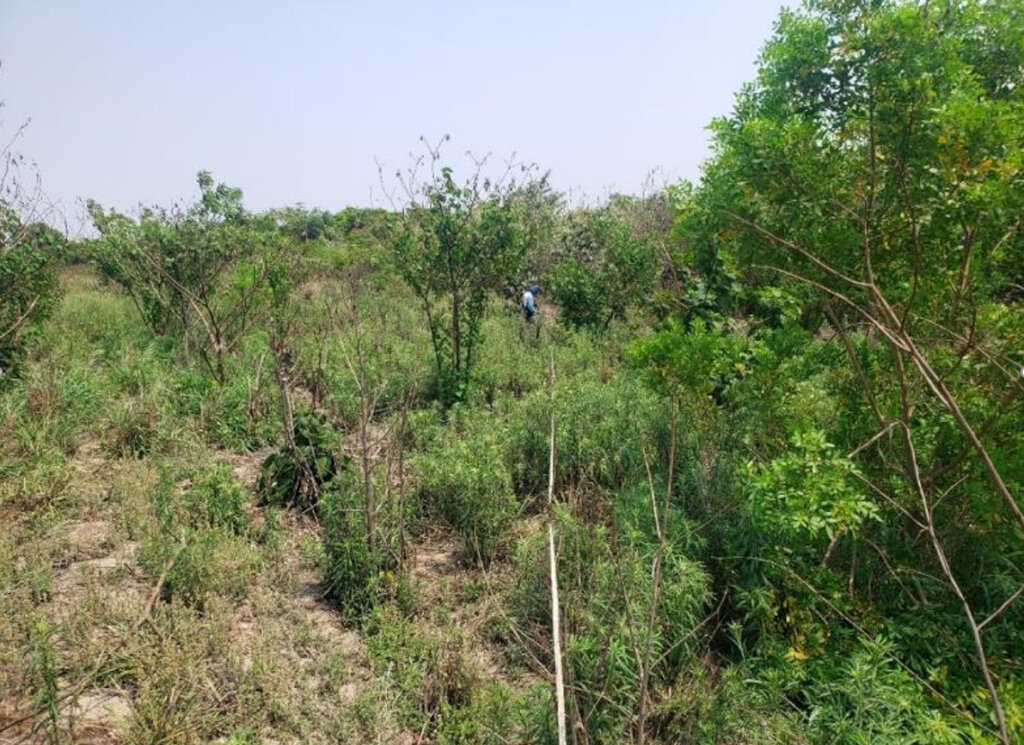By Vienna Leigh | Communications Manager at WeForest
It’s an exciting time when you can start to see how the new forest structure will look. A picture starts to emerge when invasive grasses have died away and the planted seedlings have become established. It’s then that the natural regeneration potential of a plot also becomes evident.
A second vegetation assessment was carried out in Pontal by our consultancy partner Embira in September, and they’ve just delivered the results. Their studies show that even in very young plots like the one shown above - where restoration took place a year or eighteen months ago - some species that help natural regeneration are already growing. For example, they found an abundance of short-lived species Solanum granuloso-leprosum (below) and Solanum mauritianum (known as wild tobacco or woolly nightshade), both of which act as ‘pioneers’ to prepare the ground for other plants. These species are very attractive to birds and bats, so they’ll be crucial for ecological processes such as flower pollination and fruit dispersal. They’ll really boost the natural regeneration abilities of our intervention areas.
Thank you for making this possible!
Project reports on GlobalGiving are posted directly to globalgiving.org by Project Leaders as they are completed, generally every 3-4 months. To protect the integrity of these documents, GlobalGiving does not alter them; therefore you may find some language or formatting issues.
If you donate to this project or have donated to this project, you can receive an email when this project posts a report. You can also subscribe for reports without donating.
Support this important cause by creating a personalized fundraising page.
Start a Fundraiser